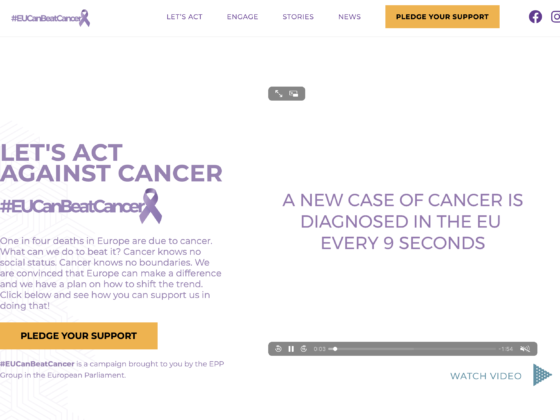Recommended leisure-time physical activity is associated with a lower risk of 7 types of cancer, according to a new study published on Journal of Clinical Oncology. «In the past decade, our knowledge of the number of cancers linked to physical activity has expanded substantially, but whether engagement in recommended amounts of leisure-time physical activity may lower risk for these cancers has remained unclear» the authors explained. In their study, a pooled analysis of 755,459 adults from 9 cohorts from USA, Europa and Australia, Charles E. Matthews, of the National Cancer Institute in Bethesda, USA, and colleagues also described the shape of dose-response relationship between physical activity and cancer risk, which understanding was limited until today.
In order to quantify the leisure-time physical activity cancer dose-response relationship, participants, with reported physical activity and no history of cancer, were followed for incidence of 15 cancer types. Recommended amounts of physical activity — i.e. 2.5-5 hours/week of moderate-intensity activity or 7.5-15 metabolic equivalent task (MET) hours/week — were linked to a statistically significant lower risk of 7 cancers, which increased with the increase of MET: for example, men had 8% and 14% lower risk of colon cancer for 7.5 and 15 MET respectively. Other types associated with recommended MET were breast cancer (6% lower risk for 7.5 and 10% for 15 MET), endometrial cancer (10%-18%), kidney cancer (11%-17%), myeloma (14%-19%), liver (18%-27%), and non-Hodgkin lymphoma (11%-18%, women only).
Through analysis of shape of dose-response curves, authors found that these varied by cancer and were linear in approximately half of cancer types with significant overall association with physical activity (breast, colon, endometrial, and head and neck cancer and esophageal adenocarcinoma), in contrast to the curvilinear dose-response observed between physical activity and all-cause and cardiovascular mortality.
For the authors, differences in the underlying biologic mechanisms for cancer types might explain the diversity in the strength and shape of association evinced for the same dose of physical activity.
Despite the study’s limits, such as the low number of patients (primarily white) enrolled for some cancers, and its observational nature, according to the authors «these findings provide direct quantitative support for the levels of activity recommended for cancer prevention and provide actionable evidence for ongoing and future cancer prevention efforts».












